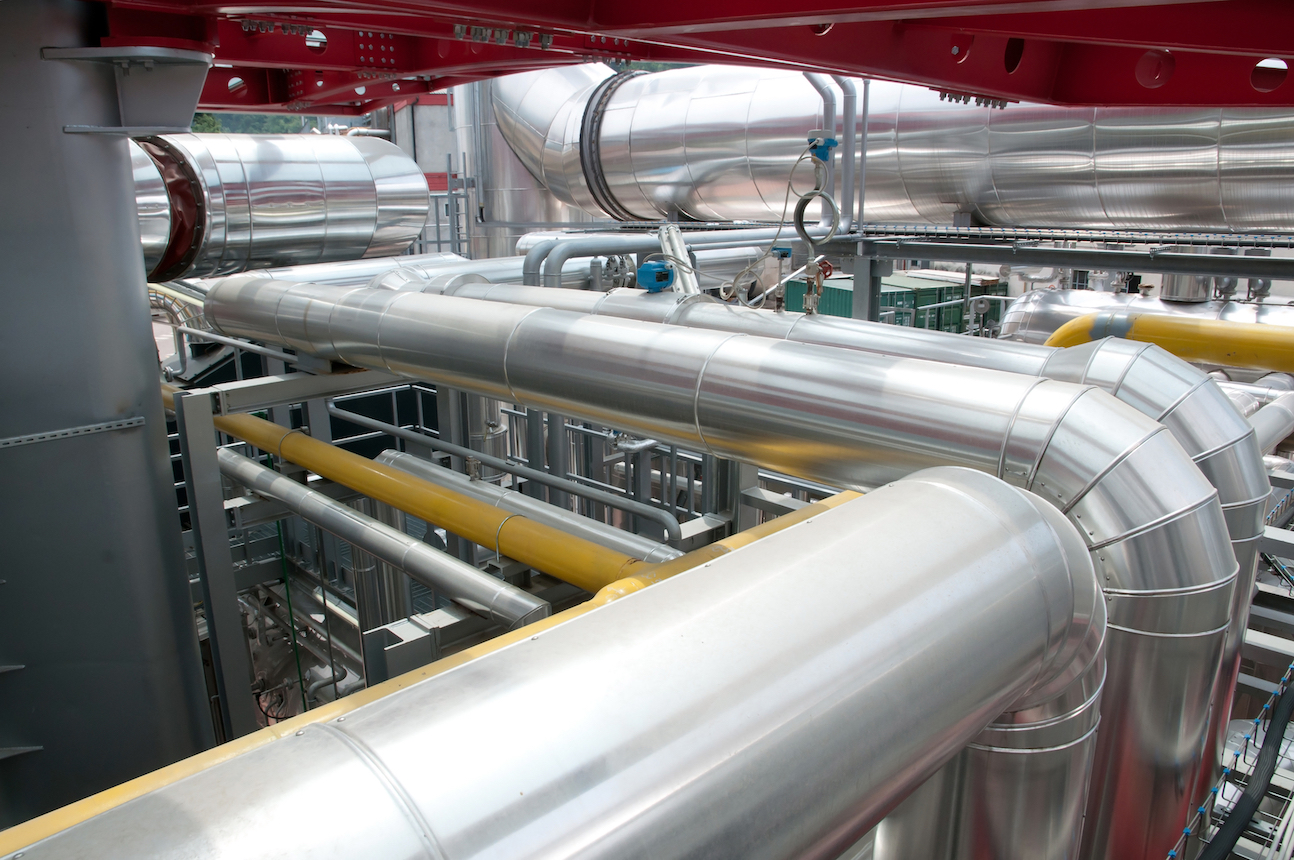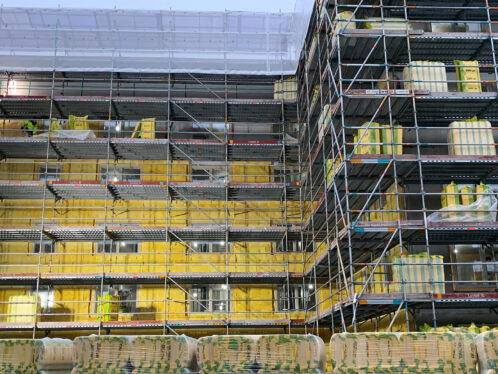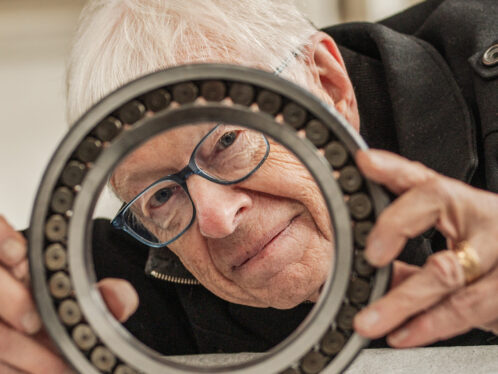
The passive way
Passive houses and green buildings are finally catching on as both construction companies and developers see environmental as well as economic benefits. Buildings using little or no net energy – passive buildings – are proving to be an important part of combating global warming.
The term “passive” as regards a building may seem odd, since buildings don’t tend to go anywhere or do anything, but today “passive” refers to extremely low energy use, without resort to an active energy source. Hence, a passive house is just an ordinary house that is very well insulated and airtight. It is equipped with an efficient heat exchanger that ventilates the house, replacing the stale inside air with fresh air from the outside. It warms up the incoming air with the warm inside air going out. The heat generated by people, appliances and other things is sufficient to keep the house warm, even in the winter conditions found in cold climates such as Scandinavia.
In warmer climates, where excessive heat may be the issue, a heat exchanger simply works in reverse, cooling the incoming air with the air leaving the house. In a well-insulated house, it greatly reduces the need for air conditioning. The concept of a passive house has been around for some time, but it is only lately, with sharply higher energy prices and a spreading environmental awareness, that the idea is catching on. Passive houses are still very rare.
Although a passive house, by definition, has no direct heating source, it still consumes some energy in order to generate light, run appliances and, in some cases, heat hot water. But in Sweden, in general, a passive house consumes around 90 kWh per square metre less energy than the average “active” house. It also reduces emissions of greenhouse gases by around 70 percent.
“This could have a tremendous impact on the effort to reduce both energy use and carbon dioxide emissions,” says Hans Eek, architect and a pioneer in passive houses. In 2003 Eek was a recipient of the Göteborg Award for Sustainable Development (see box). “The housing sector stands for roughly 40 percent of energy use and 50 percent of carbon dioxide emissions.”
In Sweden, Germany, Britain and the United States, there are several projects under way to build passive houses on a large scale. In Gothenburg, Sweden, the municipal housing company Framtiden has said that from 2009 at least 40 percent of all its new houses will be passive.
Often solar panels for heating water and photovoltaic plates are added to a house that is built as a passive house, creating what is termed a “zero-energy” house.
In Boulder, Colorado, in the US, Eric Doub, owner of Ecofutures Building, put up such a house in 2005. Doub has a framed check for 8.45 US dollars that the local energy company, Xcel Energy, sent for 2006 when his house actually supplied more power to the grid than it took out. Doub’s house, named “Solar Harvest,” stores heat from the sun in a large underground water tank and generates electricity from photovoltaic plates on the roof.
Houses such as Doub’s in Boulder and passive houses in Sweden and Germany are all part of a greater shift towards what is termed “green” buildings – newly constructed or remodelled older buildings that consume less energy and water and produce less sewage. The overall ambition is to sharply reduce the impact these buildings have on the environment.
Although there is a shortage of uniform international standards for green buildings, low-energy buildings and passive houses, the EU standards for green buildings stipulate that they must consume at least 25 percent less energy than the national building norms in the country in which they are built. But usually reductions are far greater than that.
A US report found that it is now common for more advanced green buildings to routinely reduce energy usage by 30, 40 or even 50 percent, compared with conventional buildings, and the most efficient buildings now perform more than 70 percent better than conventional buildings. The report also stated that North America’s buildings cause an annual release of more than 2,200 million tonnes of carbon dioxide into the atmosphere, around 35 percent of the continent’s total. But a rapid market uptake of available and emerging advanced energy-saving technologies could result in as much as 1,700 fewer million tonnes of CO2 emissions by 2030, compared with projected emissions that year, following a business-as-usual approach. A cut of that size would nearly equal the CO2 emitted by the entire US transport sector in 2000.
An added benefit in terms of passive houses and other types of green buildings is a better indoor environment. Due to the efficient ventilation, which takes in air from the outside through efficient filters, and the lack of draft and leakage, the indoor air in passive houses and green buildings is typically a lot healthier than the air outside, especially in larger cities.
In the US alone the annual cost of building-related sickness is estimated to be USD 58 billion. Researchers say that building green has the potential to generate an additional USD 200 billion annually in worker performance in the US by creating offices with better indoor air.
The problems of mould and mildew sometimes associated with well-insulated and airtight buildings, is not an issue in modern passive houses or green buildings with efficient ventilation.
But despite proven environmental, economic and health benefits, passive houses and green buildings account for only a small fraction of new home and commercial building construction. Soaring energy costs and a growing sense of urgency about climate change are working to speed up the adoption of passive houses and green buildings in general.
“Things are definitely picking up, and I think we will see a rapid development in the years to come,” says Svante Wijk, energy coordinator at NCC Construction, one of the Nordic region’s largest construction
companies.
The declining cost of building green is also a contributing factor. Today, the attitude amongst developers is perhaps not so much whether or not to build green but to what degree. Another factor likely to speed up the development is that governments and authorities around the globe, including the EU, are working on much stricter, integrated building norms and standards. Many believe that low-energy or even zero-energy or carbon-neutral buildings will become mandatory in years to come.





